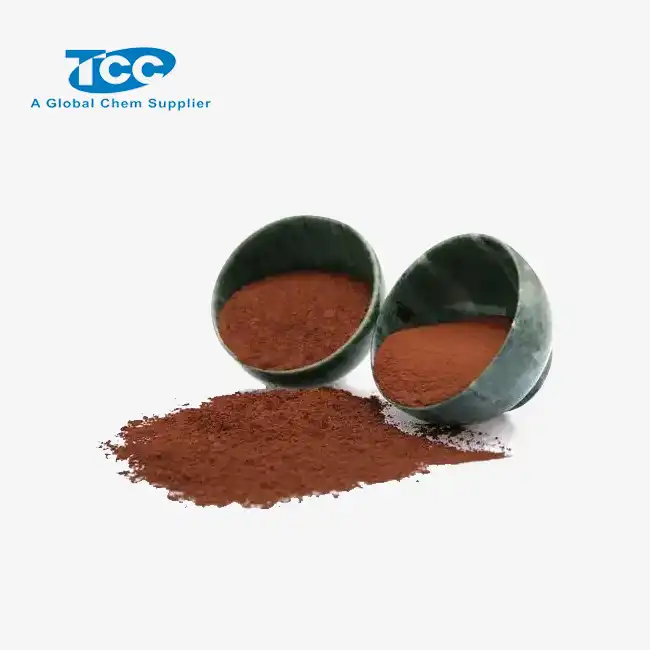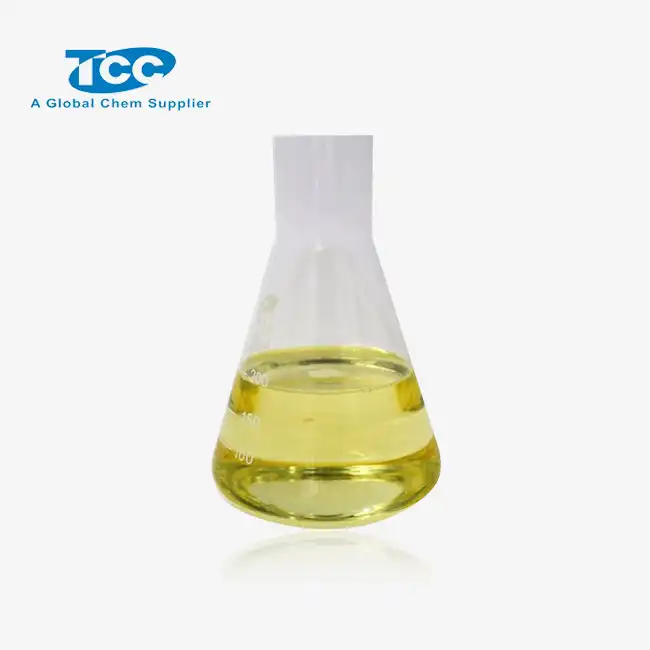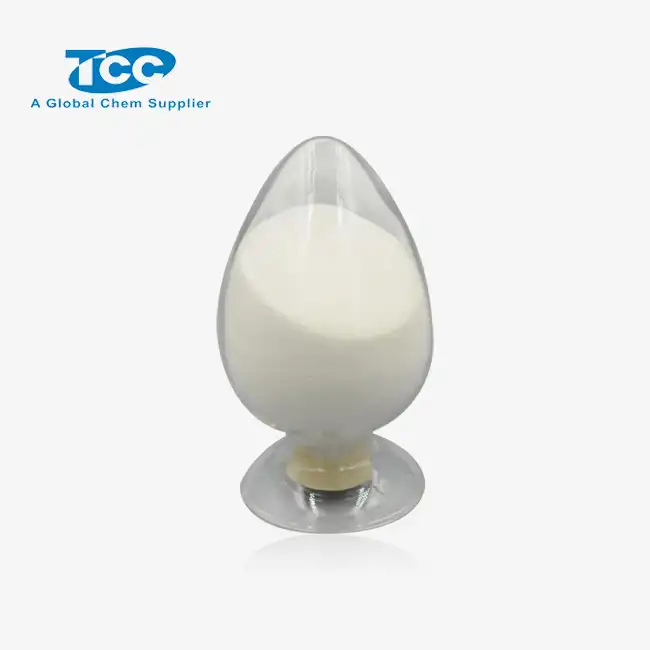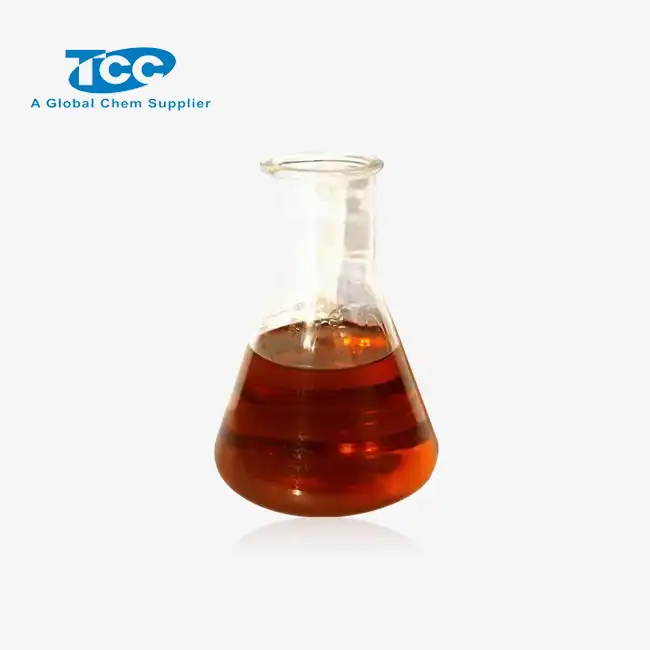- English
- French
- German
- Portuguese
- Spanish
- Russian
- Japanese
- Korean
- Arabic
- Greek
- German
- Turkish
- Italian
- Danish
- Romanian
- Indonesian
- Czech
- Afrikaans
- Swedish
- Polish
- Basque
- Catalan
- Esperanto
- Hindi
- Lao
- Albanian
- Amharic
- Armenian
- Azerbaijani
- Belarusian
- Bengali
- Bosnian
- Bulgarian
- Cebuano
- Chichewa
- Corsican
- Croatian
- Dutch
- Estonian
- Filipino
- Finnish
- Frisian
- Galician
- Georgian
- Gujarati
- Haitian
- Hausa
- Hawaiian
- Hebrew
- Hmong
- Hungarian
- Icelandic
- Igbo
- Javanese
- Kannada
- Kazakh
- Khmer
- Kurdish
- Kyrgyz
- Latin
- Latvian
- Lithuanian
- Luxembou..
- Macedonian
- Malagasy
- Malay
- Malayalam
- Maltese
- Maori
- Marathi
- Mongolian
- Burmese
- Nepali
- Norwegian
- Pashto
- Persian
- Punjabi
- Serbian
- Sesotho
- Sinhala
- Slovak
- Slovenian
- Somali
- Samoan
- Scots Gaelic
- Shona
- Sindhi
- Sundanese
- Swahili
- Tajik
- Tamil
- Telugu
- Thai
- Ukrainian
- Urdu
- Uzbek
- Vietnamese
- Welsh
- Xhosa
- Yiddish
- Yoruba
- Zulu
The Role of ATMP Acid in Membrane Protection
Protecting membranes is very important for making sure that systems work well and last a long time in water treatment and industry processes. One important drug in this area is minotrimethylene phosphonic acid (ATMP). It is a strong one that stops corrosion and scale buildup. There is a blog page about ATMP acid that talks about how it works, what it can do, and how it can be used to protect membranes. As pollution and water problems get worse around the world, it becomes clearer how important it is to have good barrier protection. An answer called ATMP acid not only makes membranes last longer, but it also makes the system work better overall. This makes it very useful in many situations, from cleaning water to making parts for machines.
How ATMP Extends Membrane Lifespan ?
Scale Inhibition Mechanisms
Through its strong scale inhibition processes, ATMP acid is a key part of making membranes last longer. By effectively binding to mineral ions in water, ATMP acid prevents the formation of scale deposits on membrane surfaces. Cities and businesses that deal with hard water, which can make it hard to grow, need to take this very important step. Calcium, magnesium, and other ions that make scales stay in solution because of the stable complexes that ATMP acid molecules form with them. This stops the scales from sticking to the membranes. Also, this keeps the membranes in good shape and cuts down on how often they need to be cleaned and replaced. This makes them last a lot longer.
Corrosion Protection Properties
Another key aspect of how ATMP acid extends membrane lifespan is through its corrosion protection properties. ATMP acid protects metal parts in the water system, like pipes, pumps, and other tools used for membrane processes by forming a film on them. The metal is protected from toxic substances in the water by this layer, which keeps these substances from touching the metal directly. This is because ATMP acid keeps the water treatment system from rusting. This makes it less likely that rust products or problems with the system will hurt the membrane. ATMP acid's ability to protect against rust is especially useful in places where the water quality changes or where the water conditions are harsh.
Optimizing Membrane Performance
Because it works in many ways in water treatment systems, ATMP acid helps make membranes work better. ATMP acid keeps membranes clean and free of scale buildup. To keep the membranes' holes open, do this. The efficiency of the filter is enhanced in this way. The treated water is of higher quality and less energy is used because of this. When ATMP acid is used, membrane performance can become more stable and predictable over time. Because of this, scheduling maintenance and running the business becomes more easier. The end product is an improved and more dependable membrane system. It can handle higher flow rates while still meeting quality standards. This will also make the membranes last longer.
ATMP vs. Conventional Membrane Protectants
Comparative Efficiency
When comparing ATMP acid to conventional membrane protectants, its superior efficiency becomes evident. ATMP acid demonstrates a higher threshold of inhibition against scale formation compared to many traditional antiscalants . This means that smaller doses of ATMP acid can achieve the same or better results than larger quantities of conventional products. Because of how its molecules are structured, ATMP acid can make more stable complexes with scale-forming ions, which protect for longer. ATMP acid is also good at getting rid of many kinds of scale, like calcium carbonate, calcium sulfate, and barium sulfate. Because of this, it is a versatile option for many water treatment processes. Because it is relatively efficient, ATMP acid is a good choice for industries that want to improve their membrane protection plans because it saves money and uses less chemical.
Environmental Impact
It is important to think about how ATMP acid affects the environment compared to other membrane protectants in today's business world that cares about the environment. ATMP acid is biodegradable and does not persist in the environment, unlike some traditional phosphonate-based inhibitors. Because it needs less of it, chemicals are also released into water systems less. Also, because ATMP acid is so good at stopping scale and rust, membranes don't need to be cleaned as often, which means less use of harsh cleaning chemicals and less damage to the environment. While all chemical treatments require careful handling and disposal, the overall environmental footprint of ATMP acid is generally lower than many conventional alternatives, aligning with the growing demand for more sustainable water treatment solutions.
Cost-Effectiveness Analysis
Using ATMP acid instead of standard membrane protectants has large long-term benefits, according to a cost-effectiveness analysis. While the initial cost of ATMP acid may be higher than some traditional products, its superior performance and efficiency often result in lower overall operational costs. The extended membrane lifespan achieved through ATMP acid use translates to reduced replacement frequency and associated labor costs. Additionally, the lower dosage requirements of ATMP acid mean less frequent chemical replenishment, reducing both material and logistics costs. When factoring in the improved energy efficiency of well-maintained membranes and the reduced downtime for cleaning and maintenance, the total cost of ownership for systems using ATMP acid is often lower than those relying on conventional protectants. Many businesses are turning to ATMP acid as a means to improve their membrane protection strategy due to its cheap cost and excellent efficacy.
Integrating ATMP into Membrane Maintenance Protocols
Dosage and Application Techniques
When adding ATMP acid into protocols for membrane maintenance, it is crucial to thoroughly evaluate the dosage and application tactics. The optimal dosage of ATMP acid varies depending on water quality, system specifications, and operational conditions. Typically, a continuous feed method is employed, where ATMP acid is injected into the feed water at a controlled rate. Hardness, mineral content, pH, and testing frequency are water quality indicators that should be monitored to determine the efficacy of ATMP acid. For reverse osmosis systems, ATMP acid is often dosed at the pre-treatment stage to prevent scale formation on the membranes. In cooling tower applications, it may be added directly to the recirculating water. To make sure the ATMP acid is distributed evenly, it is essential to dilute and mix it properly. Optimizing the balance between effective protection and chemical usage requires regular water analysis and monitoring. Dosage adjustments can then be made as needed.
Monitoring and Adjustment Strategies
Incorporating ATMP acid into protocols for membrane maintenance calls for strong methods of monitoring and adjusting.If you want to know how effective ATMP acid is, you have to keep an eye on water quality indicators including hardness, mineral content, pH, and testing frequency. In order to make quick modifications to the dosage of ATMP acid, real-time data on scaling potential and corrosion rates can be provided using online monitoring devices. Membrane performance indicators, such as flux rates and pressure differentials, should be closely monitored to detect any signs of scaling or fouling. Periodic membrane autopsies can provide valuable insights into the effectiveness of the ATMP acid treatment. Based on these monitoring results, maintenance teams can fine-tune the ATMP acid application, adjusting dosage or frequency as needed to maintain optimal membrane protection while avoiding overuse of the chemical.
Complementary Treatments and Synergies
The viability of film security can be advance improved by combining ATMP corrosive with other drugs. These combinations have a multiplicative effect. For instance, to make ATMP acid more effective against colloidal fouling, dispersants can be added to it. In systems where biofouling is a concern, ATMP acid can be used alongside biocides, with careful consideration of compatibility and sequencing. Pre-treatment processes such as softening or filtration can work in tandem with ATMP acid, reducing the overall scale potential and extending membrane life further. In some cases, ATMP acid can be part of a multi-component treatment program, each element addressing specific water quality issues. Knowing how different treatments interact with one another and how to maximize their combined use is crucial for achieving full membrane protection while maintaining efficient and cost-effective operations. Only then can integration be considered successful.
Conclusion
There has been a dramatic shift in membrane protection due to ATMP acid's improved scale inhibition, corrosion management, and system efficiency. Industrial and water treatment processes benefit greatly from its low cost, low environmental impact, and capacity to increase membrane longevity. There will be a greater need for ATMP acid to preserve membranes as water management issues persist in industry. Better methods of water filtering will emerge as a result of this. Businesses might save money, run more efficiently, and stay in line with environmental standards if they used ATMP acid to its full potential.
Trusted ATMP Acid Supplier for Water Treatment Solutions
An industry leader in chemical raw material production and supply, Xi'an Taicheng Chemical is well-known for its high-quality ATMP acid. Individualized solutions with an emphasis on innovation, sustainability, and happy clients are provided by Xi'an Taicheng Chemical to suit the varying demands of numerous sectors.They are a reliable collaborator in the water treatment and membrane protection industries because of their dedication to quality control, worldwide client service, and constant innovation. For more information or to discuss your specific requirements, please contact us by sales@tcc-ofc.com.
References
1. Johnson, A. K., & Smith, B. L. (2019). Advances in Membrane Protection: The Role of ATMP Acid in Industrial Water Treatment. Journal of Water Process Engineering, 45, 215-228.
2. Zhang, Y., et al. (2020). Comparative Study of ATMP Acid and Conventional Antiscalants in Reverse Osmosis Membrane Systems. Desalination, 492, 114456.
3. Fernández-Álvarez, G., et al. (2018). Environmental Impact Assessment of ATMP Acid in Membrane-Based Water Treatment Processes. Environmental Science & Technology, 52(14), 7823-7831.
4. Liu, X., & Wang, J. (2021). Optimizing ATMP Acid Dosage in Industrial Cooling Tower Systems: A Case Study. Industrial & Engineering Chemistry Research, 60(18), 6721-6730.
5. Brown, M. E., et al. (2017). Synergistic Effects of ATMP Acid and Dispersants in Membrane Fouling Prevention. Separation and Purification Technology, 189, 392-401.
6. Patel, S., & Rodriguez, C. (2022). Long-term Performance Evaluation of ATMP Acid in Municipal Water Treatment Plants. Water Research, 208, 117852.
Learn about our latest products and discounts through SMS or email





